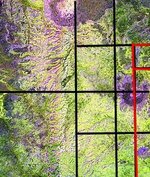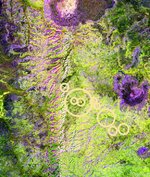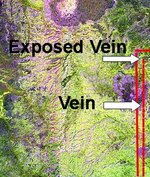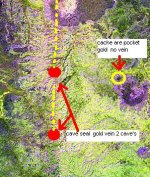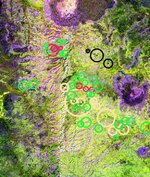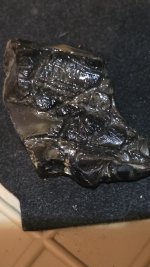RBrown
Jr. Member
I have a false color satellite image of a large alteration zone that I believe is where the Lost Adams Diggings is located. The image parameters were validated using the Ortiz and Vulture mine fields. The main alteration zone is 15 miles long and the erosion area is almost two miles wide so that's 30 square miles that need to be searched in a very remote and desolate area.
In the accompanying picture the alteration zone is the long white vertical streak just to the left of the center of the image. The erosion areas are shown in pink.
I would like help in determining if there are any gold deposits (lode or placer) in this map area. If so I have much more detailed maps and images available (down to 6" resolution) of the 15 mile by 20 mile area shown in the attached map which could be used to narrow down the search area considerably.
I would like to hire someone who is good at map dowsing to help me in this effort. I am retired (otherwise I wouldn't have all the time it takes to develop these false color mineral maps) so I don't have a lot of money to work with.
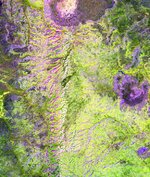
In the accompanying picture the alteration zone is the long white vertical streak just to the left of the center of the image. The erosion areas are shown in pink.
I would like help in determining if there are any gold deposits (lode or placer) in this map area. If so I have much more detailed maps and images available (down to 6" resolution) of the 15 mile by 20 mile area shown in the attached map which could be used to narrow down the search area considerably.
I would like to hire someone who is good at map dowsing to help me in this effort. I am retired (otherwise I wouldn't have all the time it takes to develop these false color mineral maps) so I don't have a lot of money to work with.



